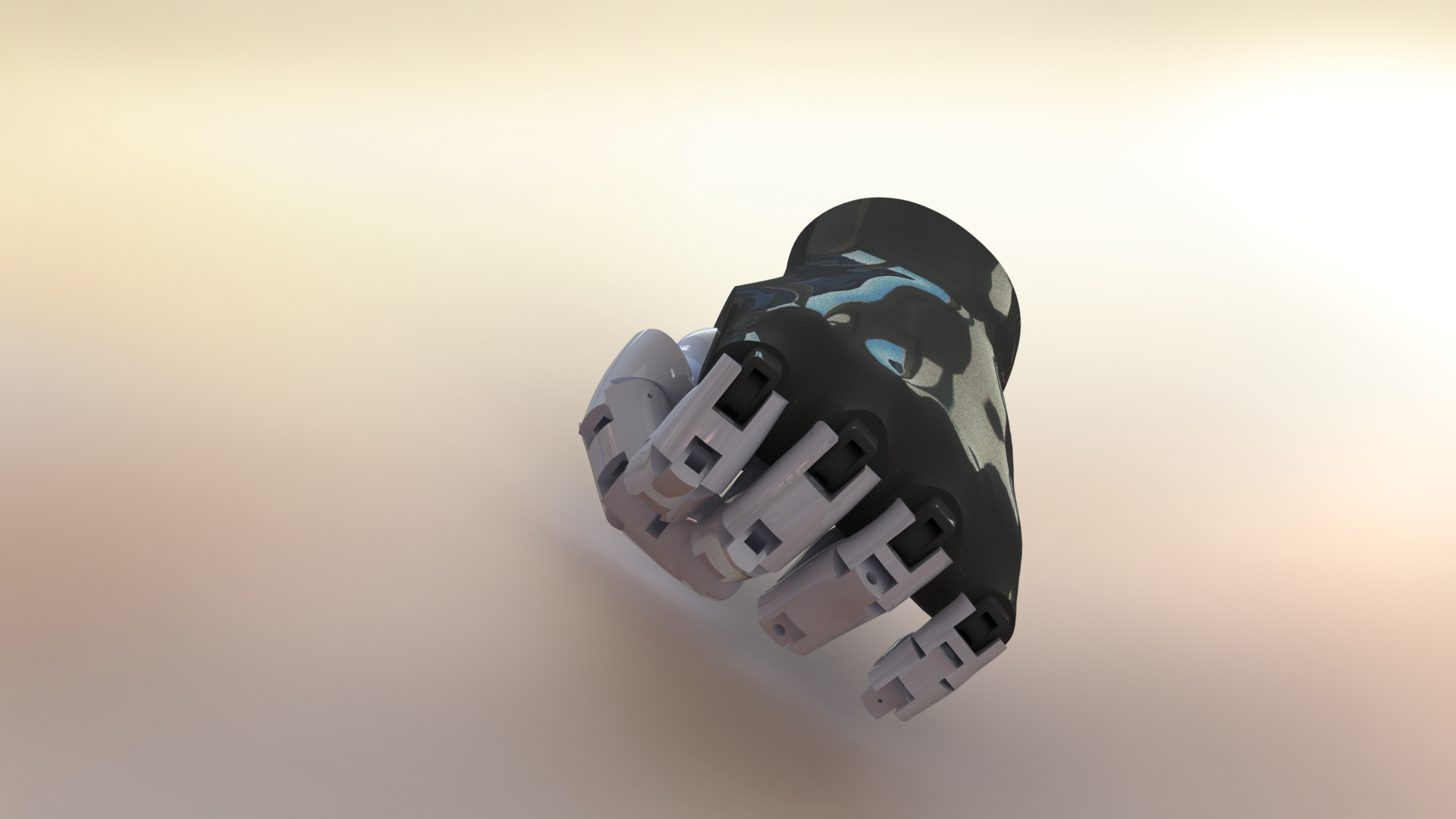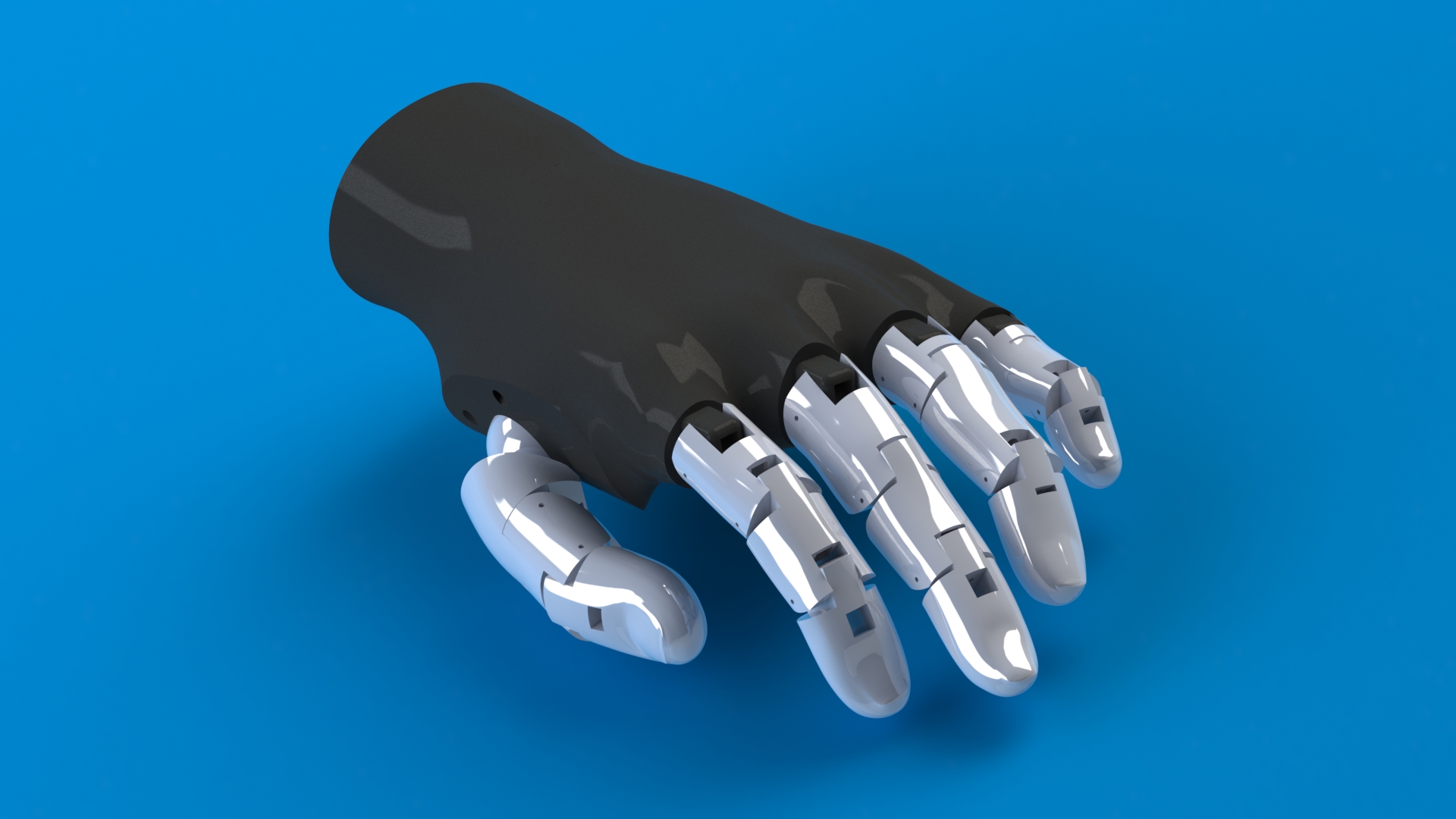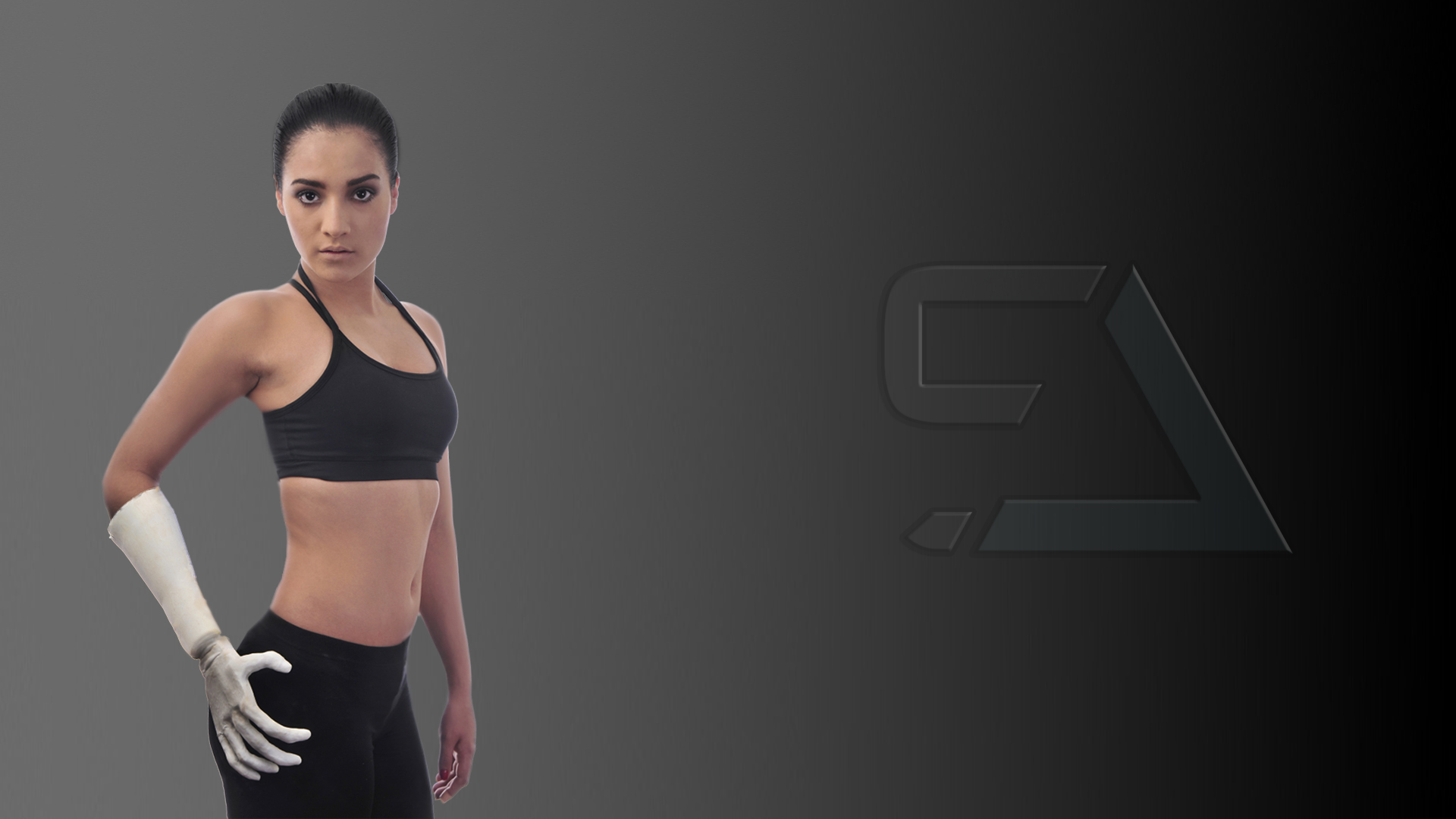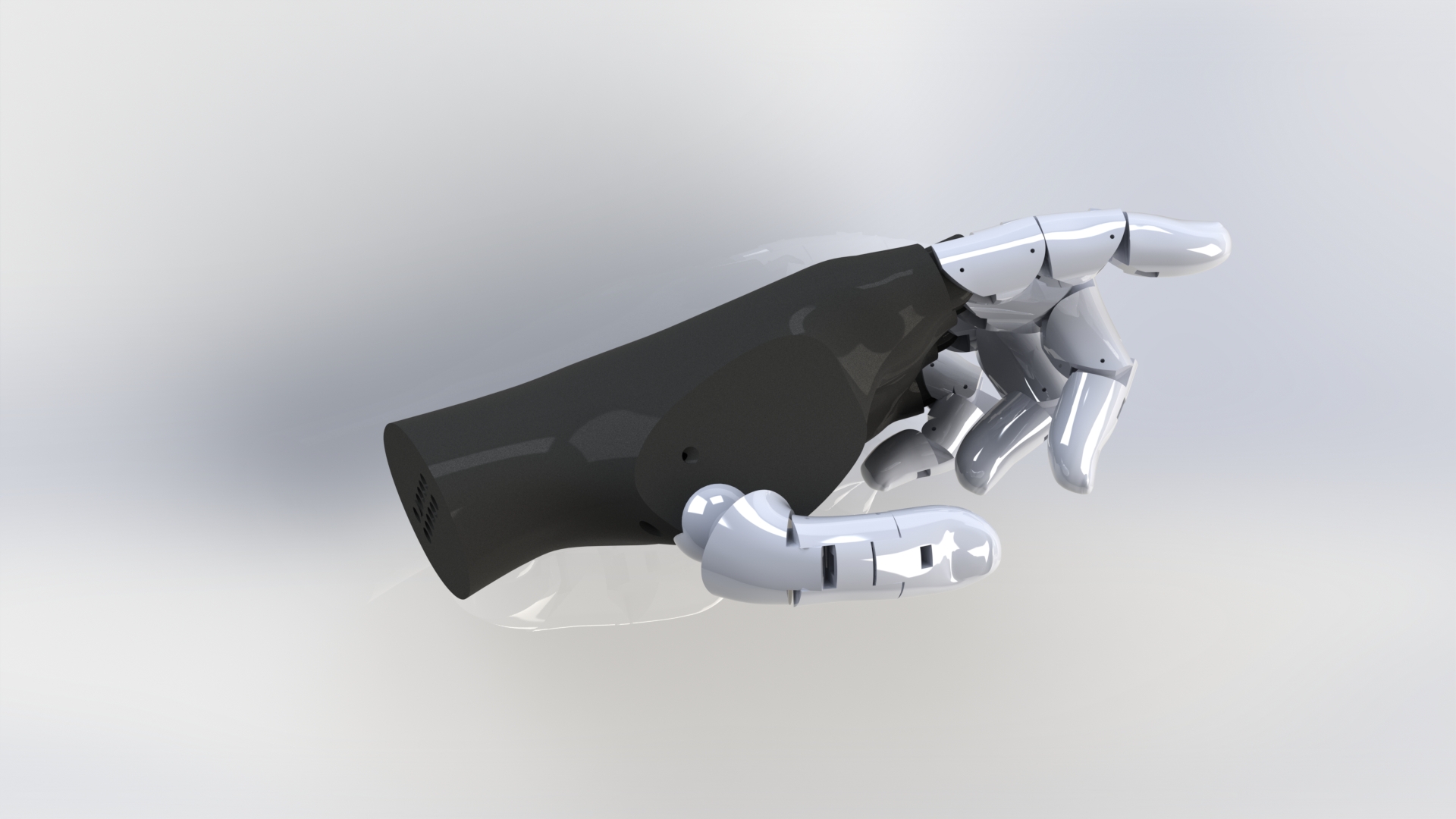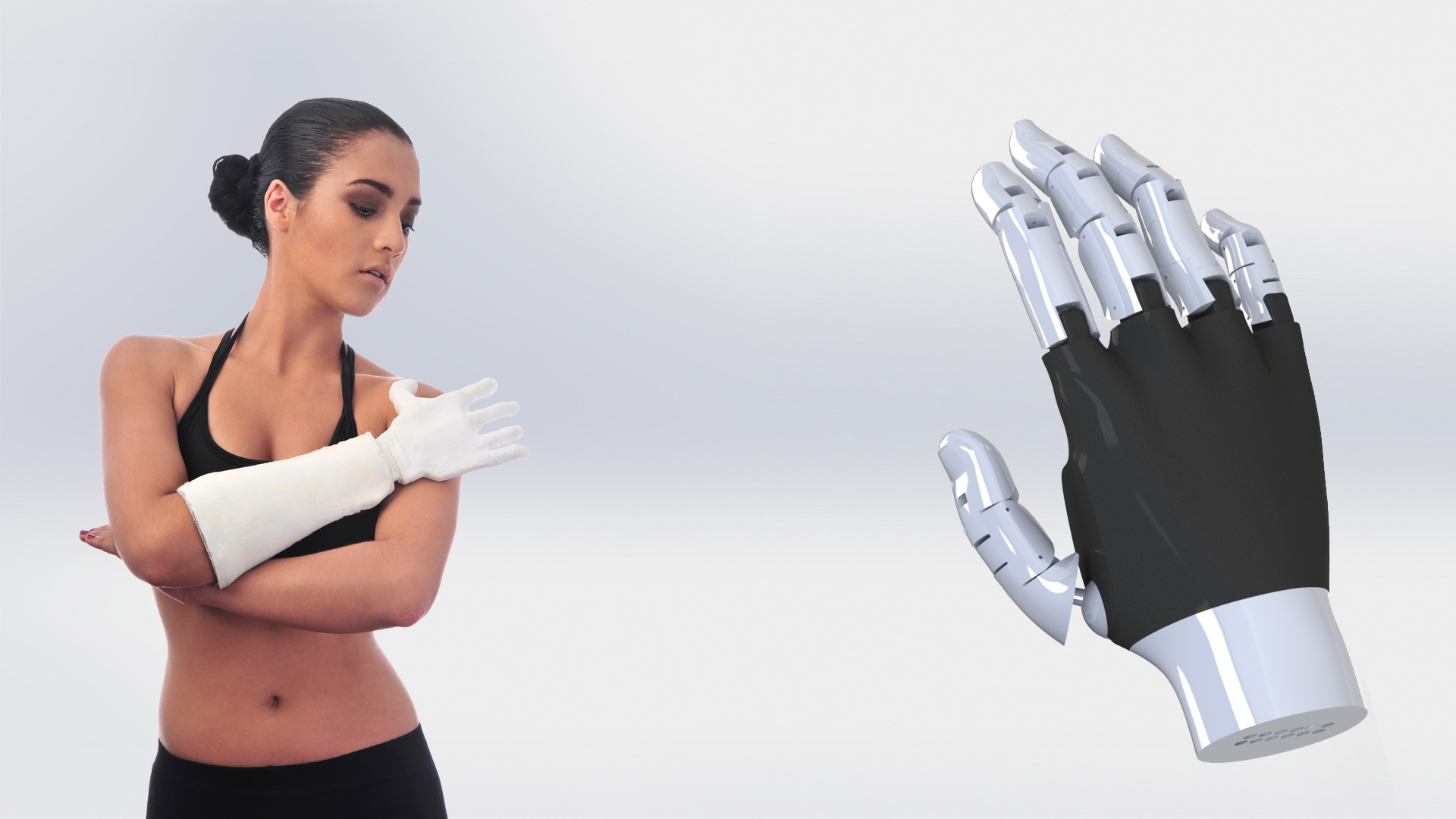Spadia's First Myoelectric Prosthesis
In this video we present ulnar, the first myoelectric prosthesis that we have developed. We have implemented our own algorithm to detect muscle activity through the analysis of electromiographic signals. This algorithm is capable of running in low cost microcontrollers and adapts to each particular person and muscle. You will see how easy it is to use our prosthesis. The person who wants to use it only needs to do a calibration of five seconds. In this calibration, the algorithm adapts to the muscle that the person wants to use, in this case the wrist flexor group. After this calibration, the algorithm has already adapted and it will respond to each contraction performed by the person.


